The heroine of Orléans
This is the incredible story of a farm girl who followed divine guidance, led an army, and became a martyr during the Hundred Years’ War. When young Joan of Arc was led to the bonfire where she would be burnt alive, she cried out to heaven and asked for God’s mercy. What had she really done wrong?
Joan was much more than a simple farm girl following divine guidance. She was a warrior, a political being who could have changed the outcome of the Hundred Years’ War.
⬅ Joan’s famous white banner was decorated with lilies, a flower that is normally associated with the French monarchy, which she was fighting for.
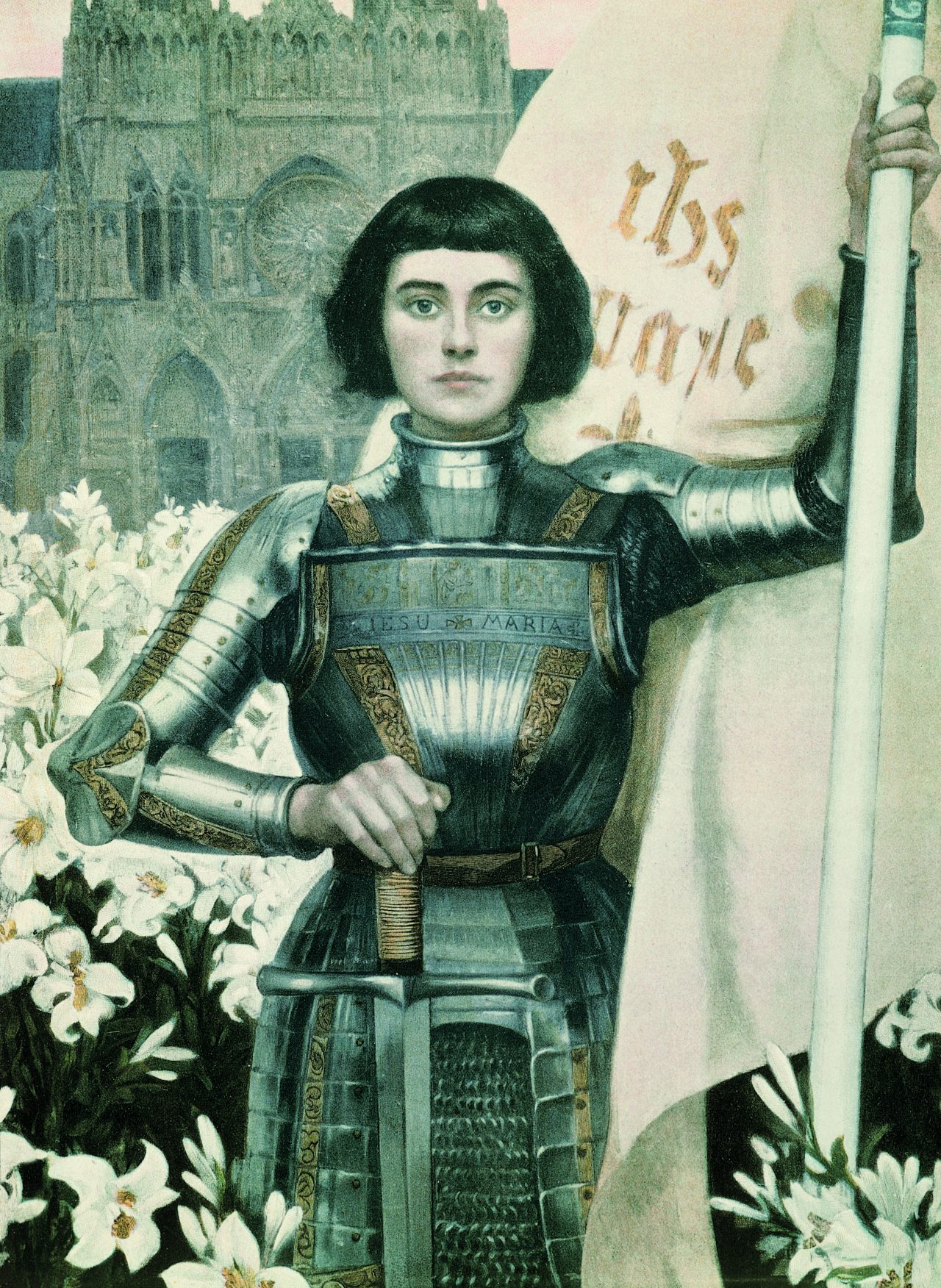

Jeanne d'Arc brennes på bålet med en stor folkemengde rundt seg, og en engel som kommer svevende ned fra himmelen.
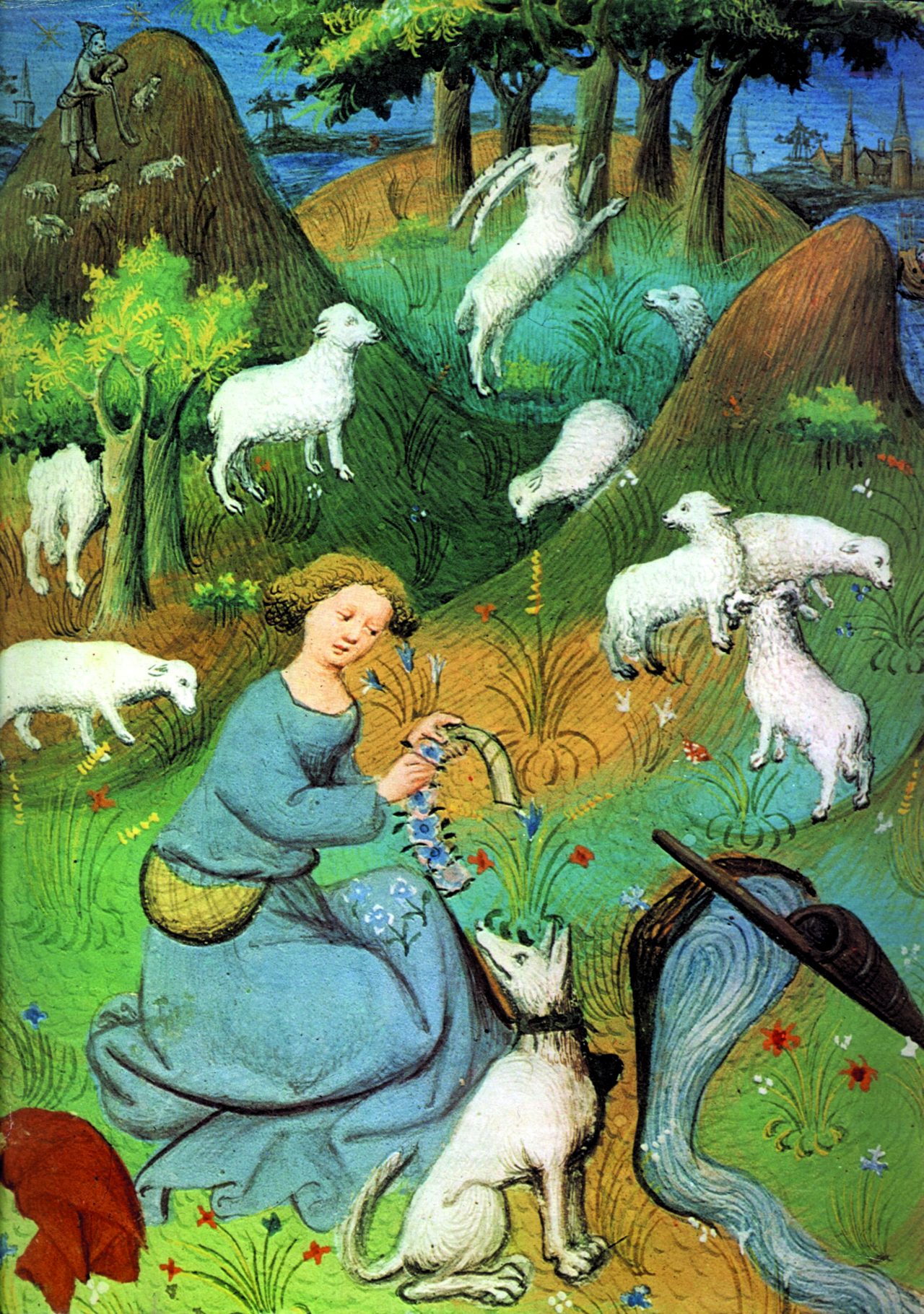
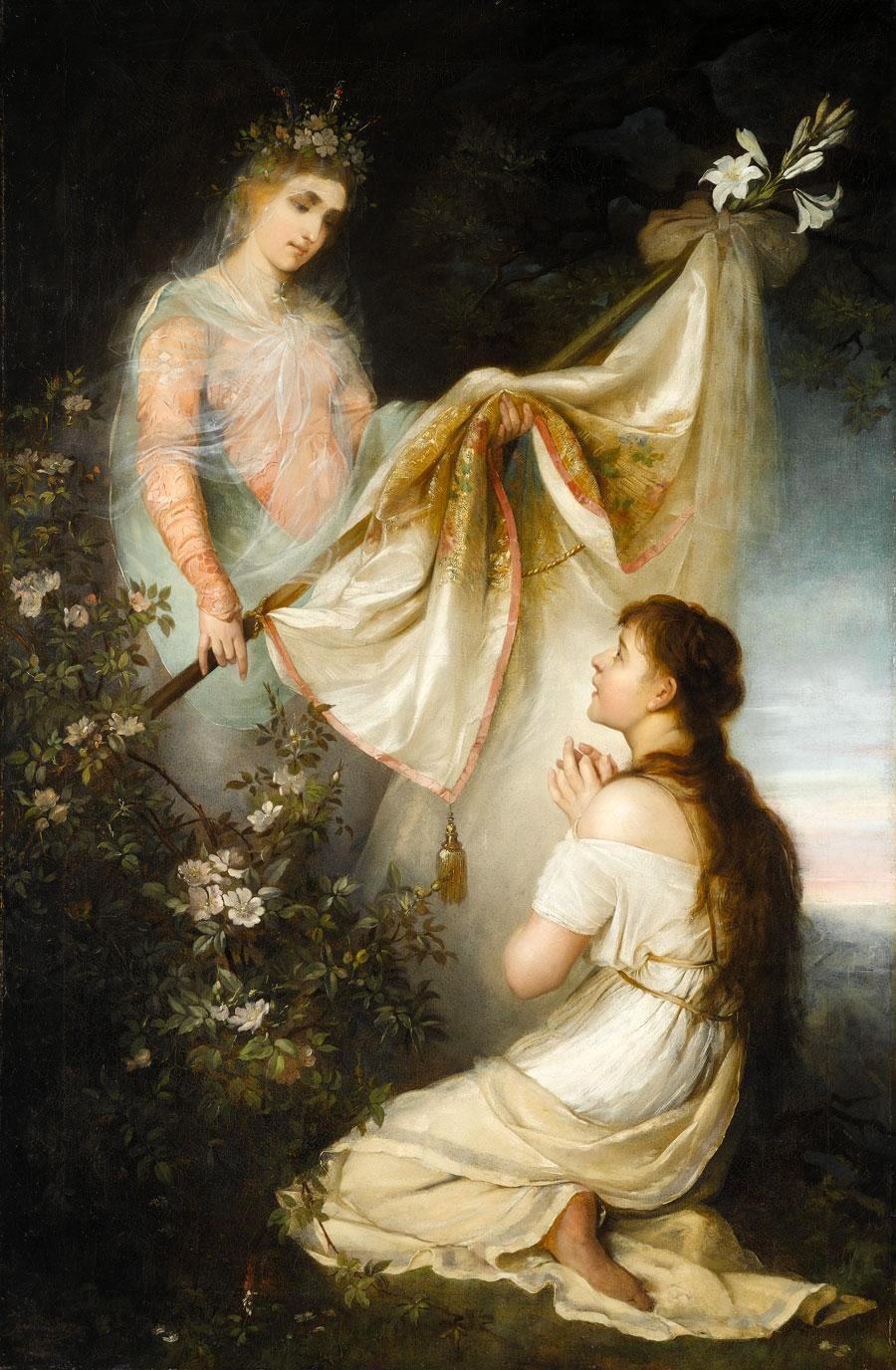
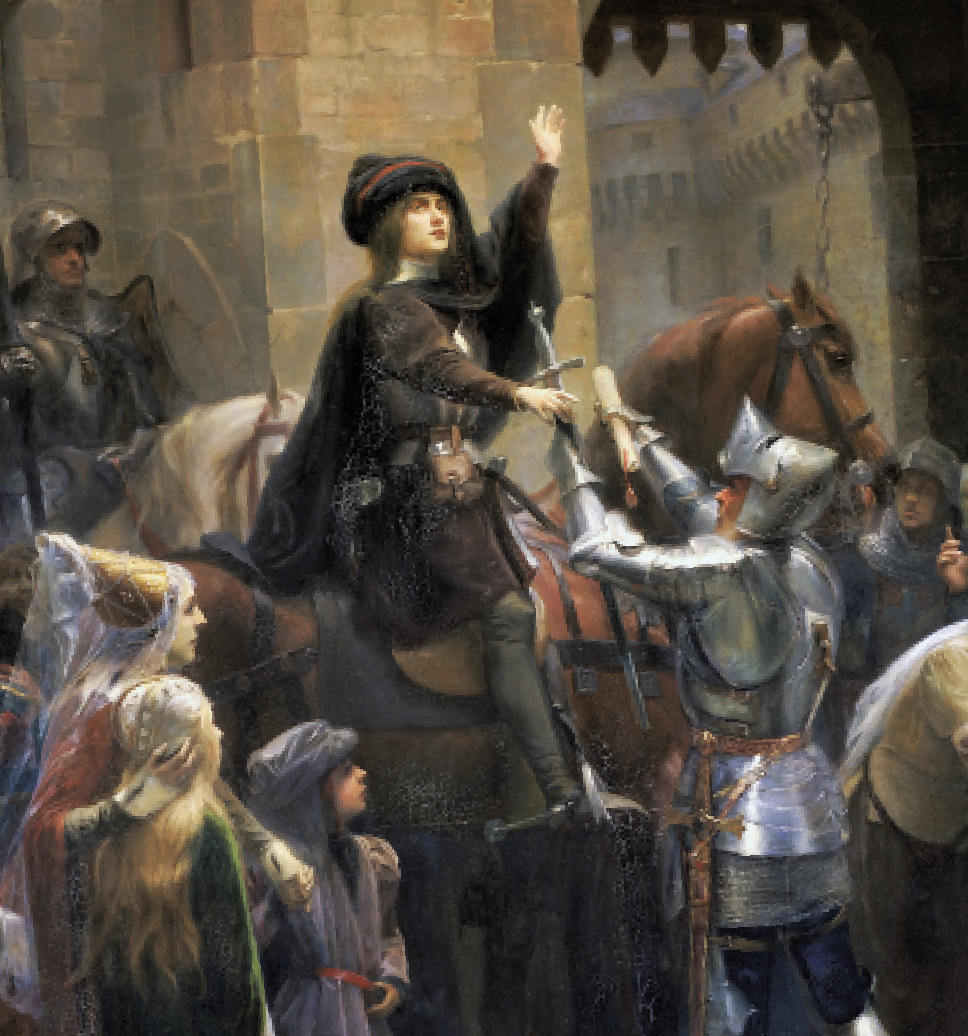
Jeanne D'arc til hest inne i en by med masse mennesker rundt seg

Jeanne D'arc i rustning foran Orleans
The coronation
Everyone was amazed, including Charles. Joan was viewed as a heroine, and the next ambitious plan was to march on Reims so that Charles could be crowned there. During that campaign, towns gave up without any resistance and opened their gates wide for the new crusaders. 14 days later, Dauphin Charles was crowned Charles VII in Reims Cathedral with Joan and her legendary white banner next to him.
⬅ Jeanne received an audience with the king, but for her safety she had to wear men’s clothing just to arrive there.
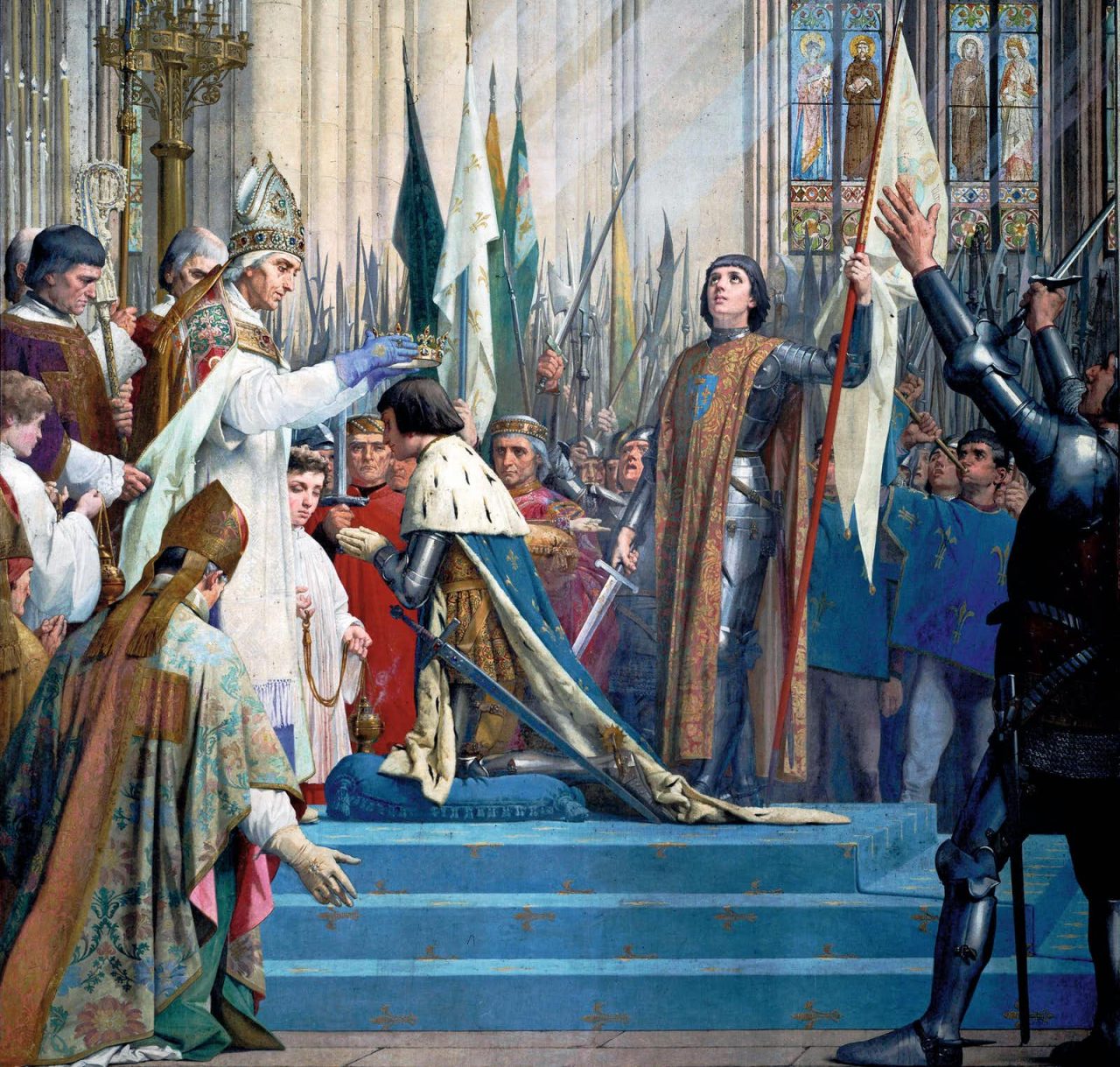
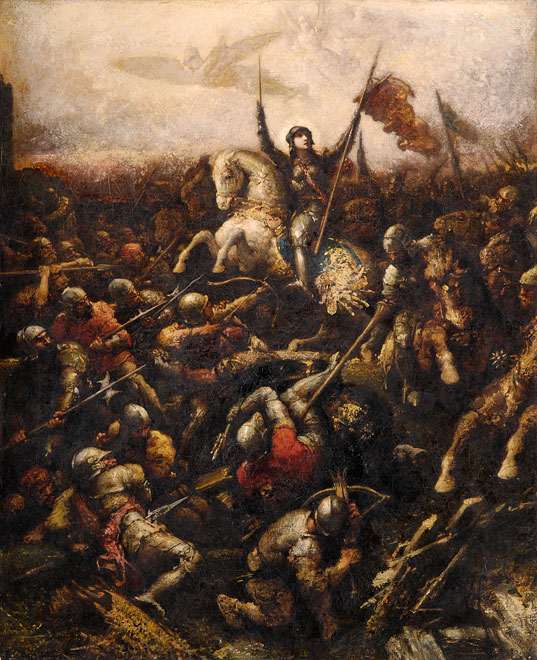
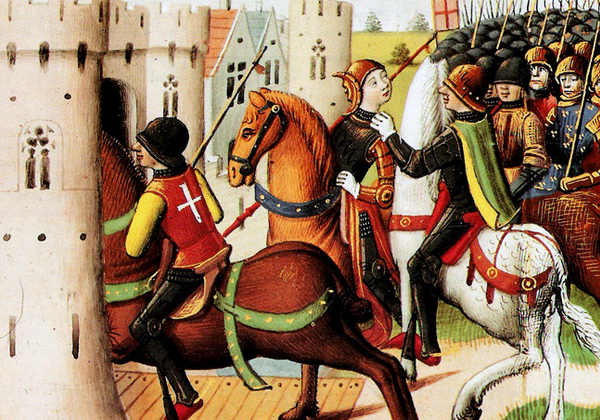
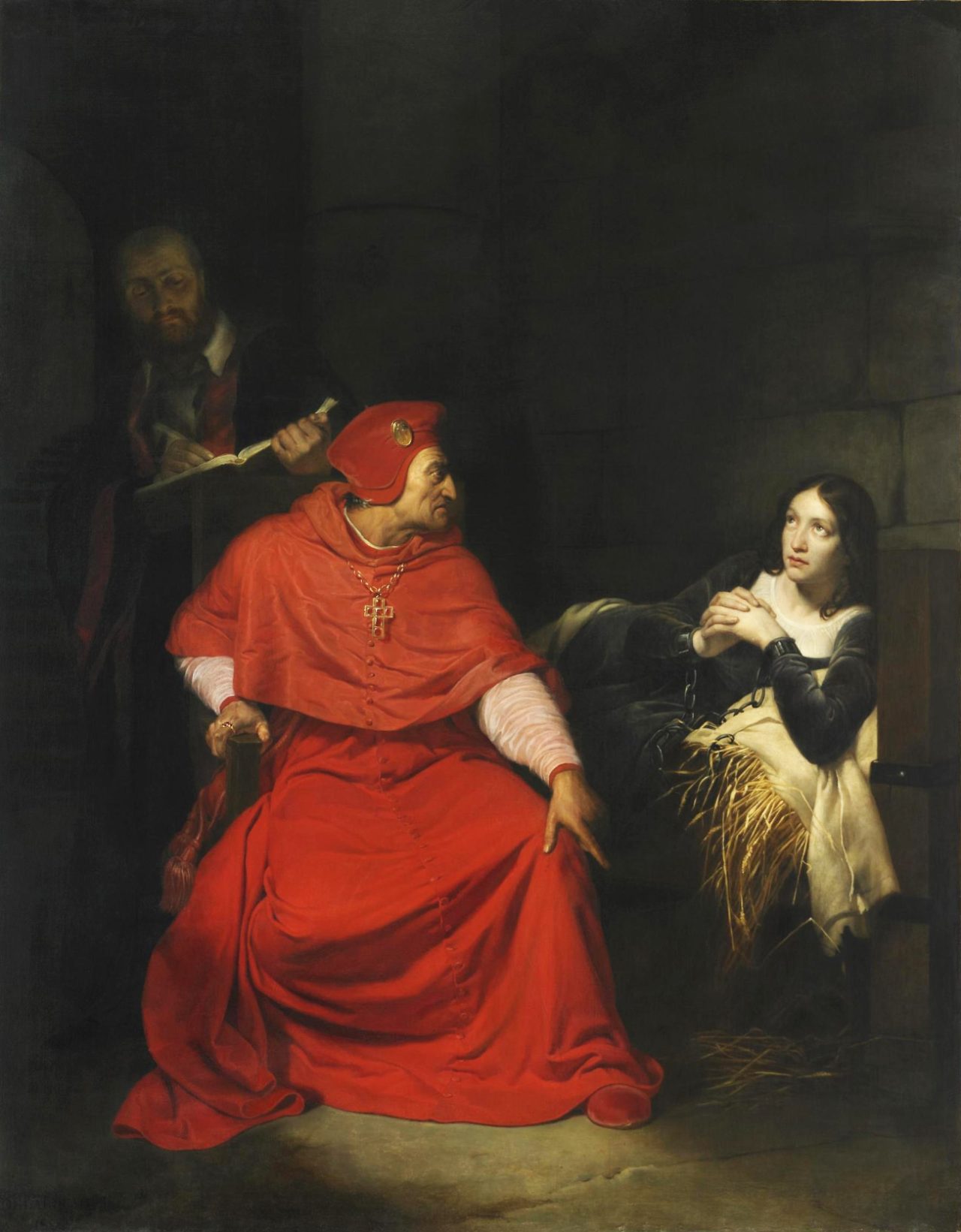
Jeanne d'Arc blir avhørt i fengsel av cardinalen

Janne d´Arc i fengsel med hvit kjole og to fangevoktere som passer på henne.
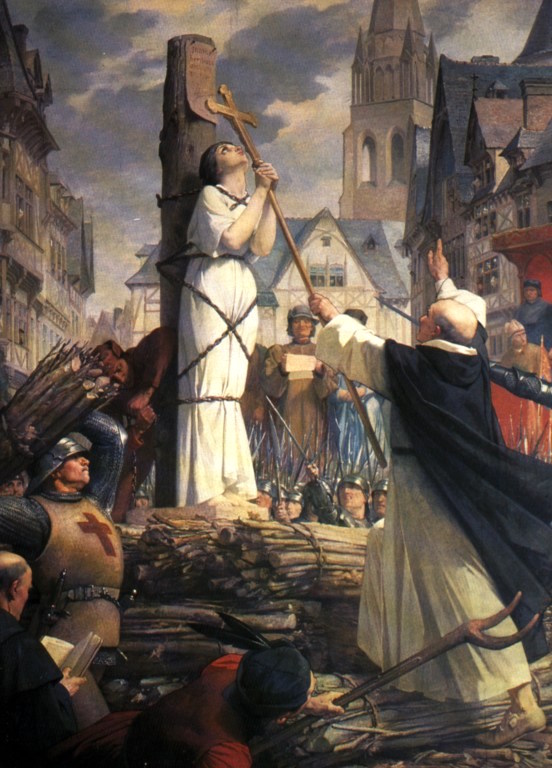
Jeanne d'Arc holder et kors og skal brennes på bålet.
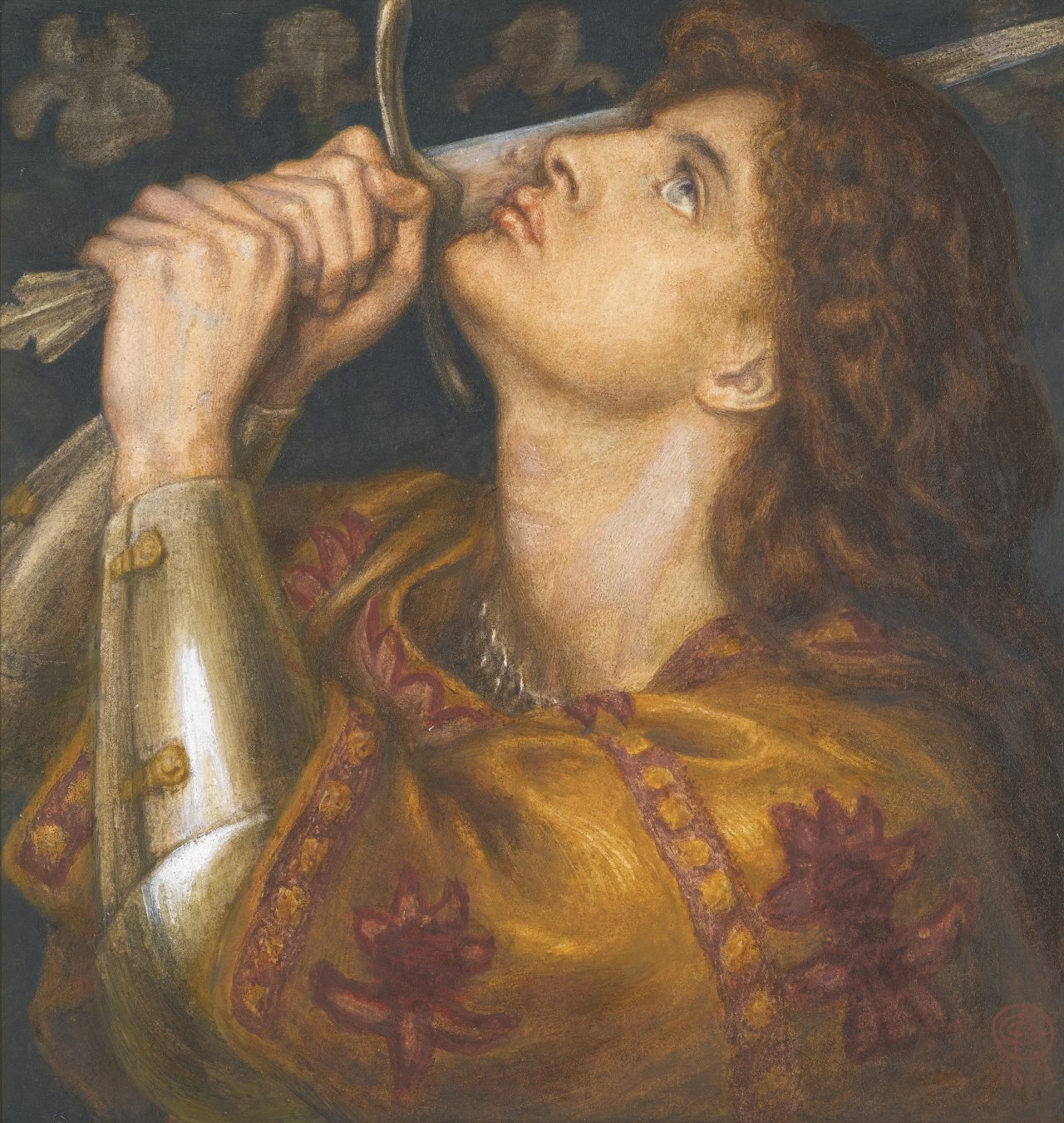
Jeanne D'arc i rustning holder et sverd med begge hender.
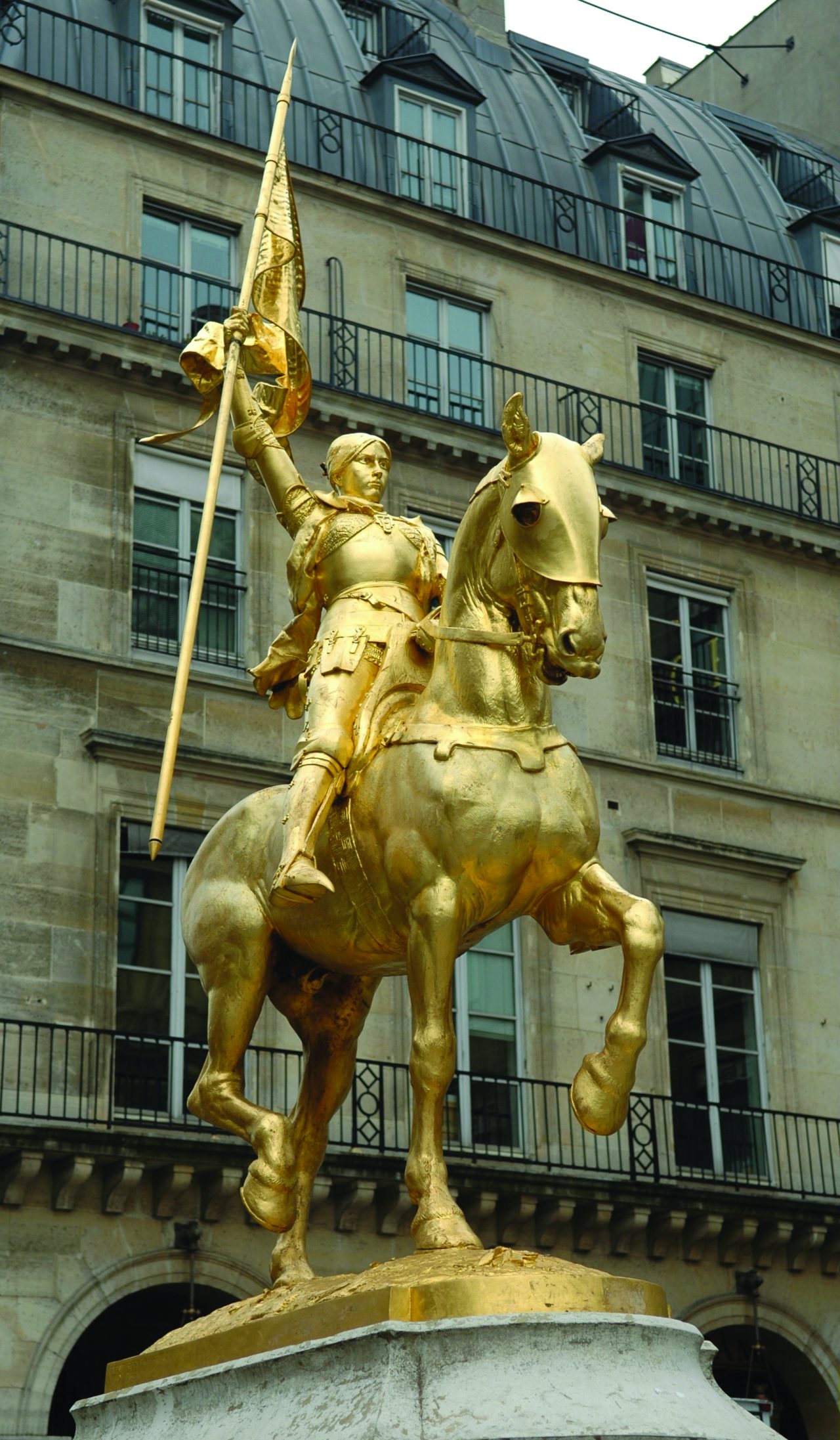
Sources:
- Historie og vitenskap, nr. 3 (2020)
Orage Forlag AS
- Historiens største kvinner (2020)
Orage Forlag AS
Media rights:
-
-
Getty Images
-
François Chifflart
-
Getty Images
-
Getty Images
-
Henryk Siemiradzki
-
Jean-Jacques Scherrer
-
Jules-Eugène Lenepveu
-
Jules-Eugène Lenepveu (CC BY-SA 2.5)
-
François Chifflart
-
Getty Images
-
Paul Delaroche
-
Howard Pyle
-
Jules-Eugène Lenepveu
-
Dante Gabriel Rossetti
-
Getty Images
-


